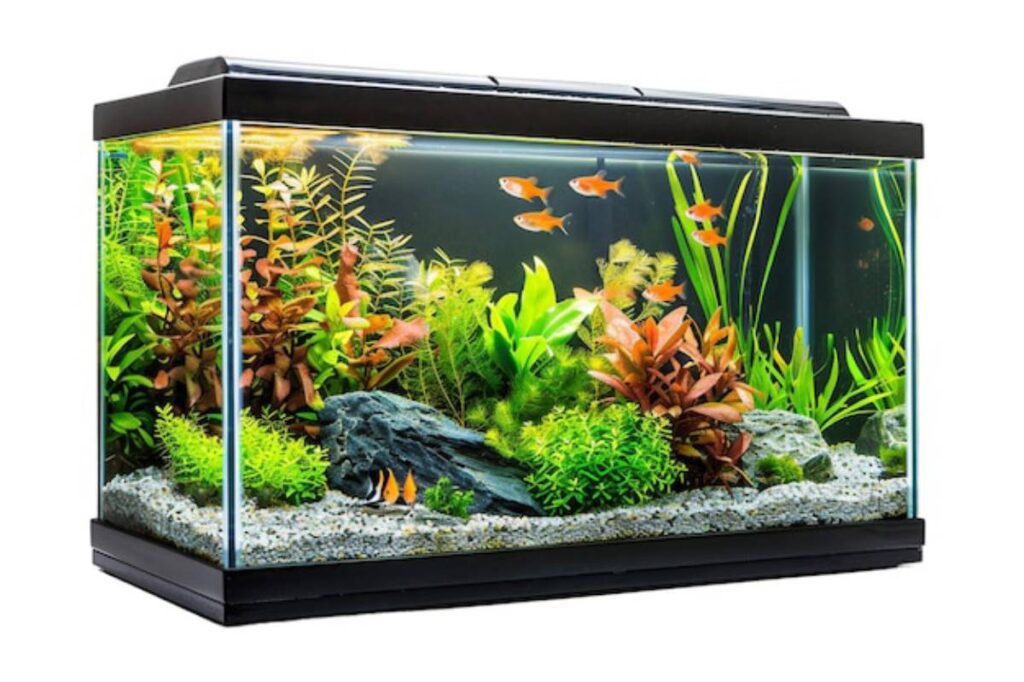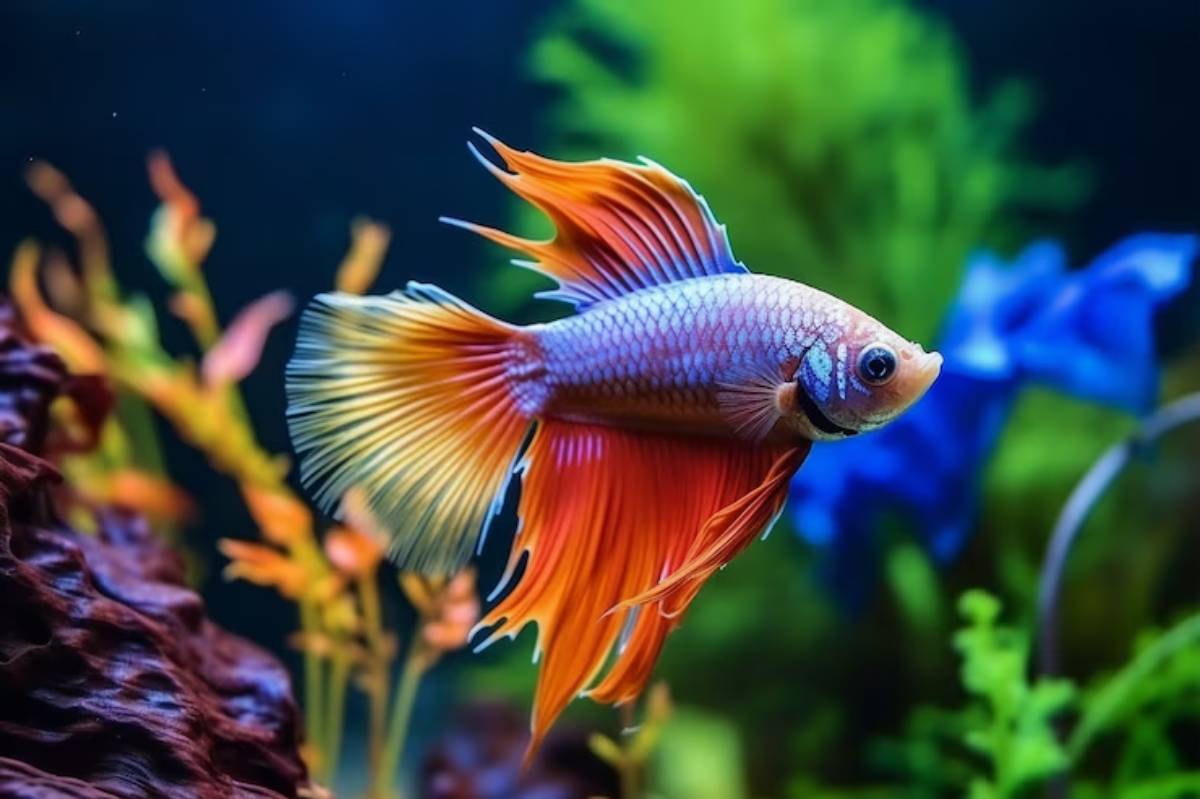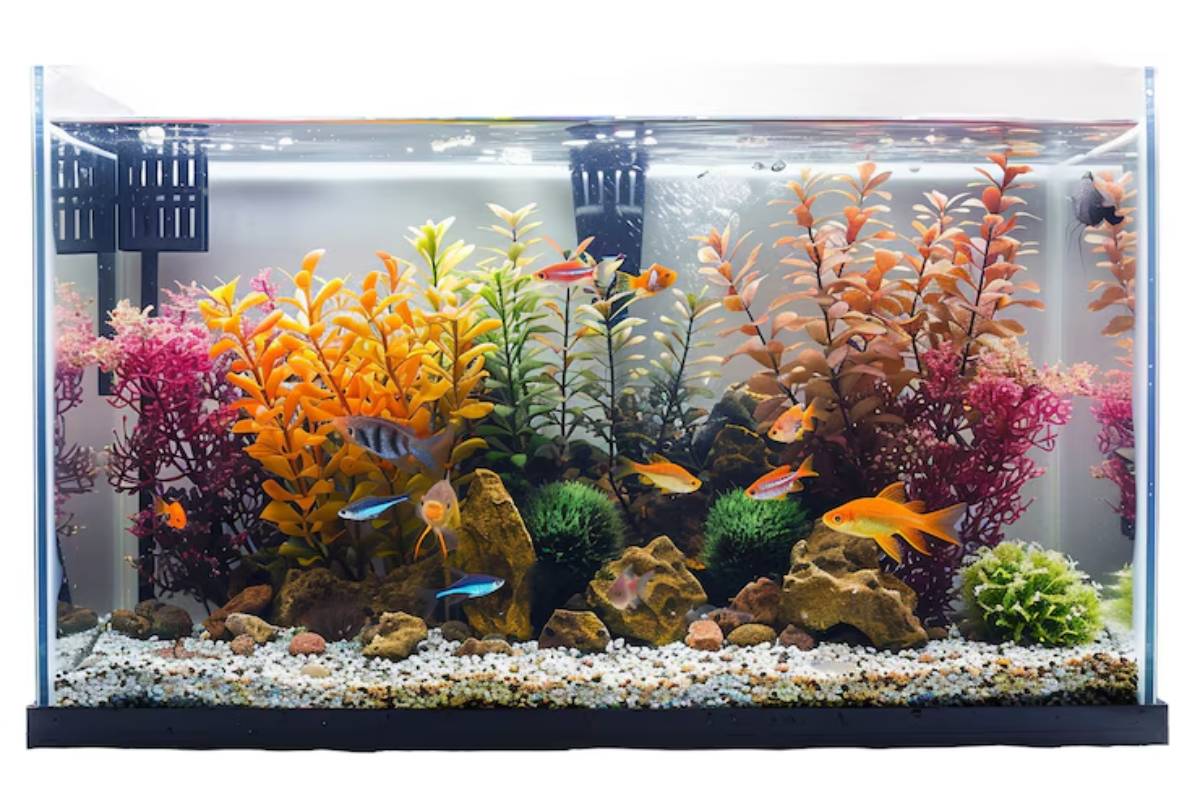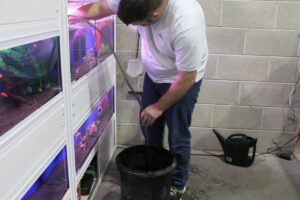The Pets Care Blog

Do Your Fish Need a Heater? A Beginner’s Guide to Aquarium Temperature Control
When setting up your first aquarium, you might wonder whether a heater is truly necessary. After all, fish swim in lakes and rivers without electric warmers — so what makes a home tank different?
Here’s the truth unlike natural ecosystems, aquariums are closed environments with limited self-regulation. That means temperature control in fish tanks is something you must manage manually, especially if you’re keeping tropical species that thrive in warm, stable conditions.
This article will help you know if you need a heater and when to get one. It will also guide you on choosing the right heater and keeping temperatures steady for your aquatic pets’ health and comfort. Whether you’re building a coldwater community or a lush tropical setup, this fish tank heater guide is designed to keep things simple and clear.
Why Temperature Stability Matters in Aquariums
Fish are ectothermic. This means they depend on outside temperatures to control their body functions. Sudden temperature changes can cause stress. They can also weaken immunity and make you more likely to get sick.
What Temperature Instability Can Cause:
- Lethargy or hyperactivity due to cold or heat stress
- Weakened immune systems, leading to illnesses like Ich
- Loss of appetite and poor digestion
- Breeding issues or unusual behaviour
- Sudden death in extreme cases
Stable temperatures keep fish calm, active, and healthy. Even small changes in room conditions can greatly affect your aquatic ecosystem.
Which Fish Need a Heater?
The need for a heater depends mainly on the type of fish you’re keeping and your local room temperature.
Fish That Require a Heater (Tropical Species):

- Neon fish
- Guppies, Mollies, Platies
- Tetras and Rasboras
- Gouramis
- Angelfish
- Corydoras
- Dwarf cichlids (Apistogramma, Rams)
- Most live plants (for optimal growth)
Tropical fish typically require water between 24–27°C (75–81°F). It’s tough to keep this range steady in temperate homes without a heater. This is especially true at night or during seasonal changes.
Fish That Don’t Need a Heater (Coldwater Species):
- Goldfish
- White Cloud Mountain Minnows
- Zebra Danios
- Hillstream Loaches (with care)
- Dojo Loaches
These species can tolerate cooler water — usually 18–22°C (64–72°F) — but even they benefit from stability rather than extreme ups and downs.
Do You Need a Heater Year-Round?
You may not need a heater all year, but using one with a thermostat helps keep your tank steady. This is important during cold nights, winter, or in air-conditioned rooms.
Even if your home feels warm to you, ambient temperature isn’t always enough. Aquarium water warms up and cools down slower than room air. This can leave your fish vulnerable to sudden temperature changes.
Types of Fish Tank Heaters Explained
Choosing the right heater for your setup is crucial. Here are the main options.
1. Submersible Heaters
- Fully submerged in the tank
- Common and versatile
- Usually mounted near a filter for even distribution
Best for: Most beginner and intermediate aquariums
2. Preset Heaters
- Factory-set to a fixed temperature (often 25°C)
- No manual controls
Best for: Small tanks, betta bowls, nano setups
3. Adjustable Heaters
- Dial to set a specific temperature
- Useful if you’re housing different species or adjusting for plant needs
Best for: Beginners who want flexibility
4. Inline or External Heaters
- Installed outside the tank in the filter tubing
- Reduces clutter inside the aquarium
Best for: Advanced setups with canister filters
5. Heating Mats/Pads (Under-Tank)
- Often used in breeding tanks or for amphibians
- Rare in fish tanks, as they heat unevenly
Best for: Speciality tanks — not recommended for general fishkeeping
Choosing the Right Heater Size
Heaters are rated by wattage, usually per litre or gallon. A general rule is:
- 1 watt per litre of water
- Or 3–5 watts per US gallon
Recommended Wattages:

- 20L tank (5 gal): 25–50 watts
- 75L tank (20 gal): 75–100 watts
- 150L tank (40 gal): 150–200 watts
- 200L+ (55 gal+): Consider using two smaller heaters for even heat distribution
TIP: Always round up in colder climates or for tropical species.
Where to Place Your Heater
Positioning your heater properly ensures efficient temperature regulation.
Best Practices:
- Place near the filter outlet for even heat circulation
- Position horizontally or diagonally near the substrate (for better coverage)
- Use suction cups to secure it firmly
- Keep it fully submerged (unless it’s specifically designed for partial submersion)
Place the heater opposite the air-driven sponge filter. This ensures full coverage in the tank.
Monitoring and Adjusting Temperature
Even with a reliable heater, you’ll want a good aquarium thermometer. This helps you see what’s happening right now. It also makes sure your heater’s thermostat is working well.
Types of Thermometers:
- Stick-on (LCD): Convenient, but can be inaccurate
- Floating or standing glass: More precise, budget-friendly
- Digital thermometers: Most accurate, but more expensive
Check the temperature daily, especially during seasonal changes or after water changes.
Common Heating Mistakes to Avoid
1. No thermometer
Always verify the actual temperature — don’t just trust the heater’s dial.
2. Wrong wattage
Too weak = underheating. Too strong = risk of overheating if faulty.
3. Placing near cold zones
Avoid positioning by a drafty window or air vent.
4. Turning off the heater during water changes
Leave it on unless the water level drops below the heater. Many modern heaters automatically shut off if exposed to air.
5. Buying cheap, unreliable brands
Heaters are inexpensive, but failure can be catastrophic. Buy from reputable aquarium brands.
To feel safer, many aquarists choose two smaller heaters rather than one. If one fails, the other keeps the tank warm.
Do Plants and Invertebrates Need a Heater?
Most aquatic plants prefer temperatures of 22–28°C. However, some can handle cooler conditions. For consistent growth and photosynthesis, a stable tropical range is recommended.
Shrimp, snails, and crabs vary in temperature needs. Many shrimp (like cherry shrimp) prefer 22–26°C, making a heater beneficial — especially in cooler homes.
Looking to build a lush planted tank that thrives in warm, stable conditions? Explore choosing plants for a low-maintenance tank to pair your heater with the right greenery.
What If You Don’t Want to Use a Heater?
If you want a heater-free setup, create an environment for species that can live without heat. Also, keep a close eye on room conditions.
To Go Heater-Free:
- Choose coldwater fish only
- Keep the tank away from windows, vents, or heaters
- Use insulation or lids to retain heat
- Avoid temperature swings from weather or air conditioning
For small tanks, room heat might be enough. However, keep an eye on it. You may still need extra heat in colder months. You can also improve thermal stability by learning about the best room conditions for aquariums to avoid cold drafts and temperature dips.
Conclusion: Is a Heater Worth It?
For most aquarium setups — especially if you keep tropical fish — the answer is a firm yes. Heaters ensure a stable, healthy environment, reducing fish stress and improving overall well-being.
Even if your home feels warm, day and night changes can hurt you. You need temperature regulation to stay safe. A reliable heater gives you peace of mind without costing much. It’s one of the best investments for your aquarium’s long-term success.
So, do your fish need a heater? If they’re tropical or your home ever gets chilly, they probably do.
Take action today: Check your current tank’s temperature. If you don’t have a heater or thermometer, it’s time to add one. Your fish will thank you with bright colours, calm behaviour, and better health.









